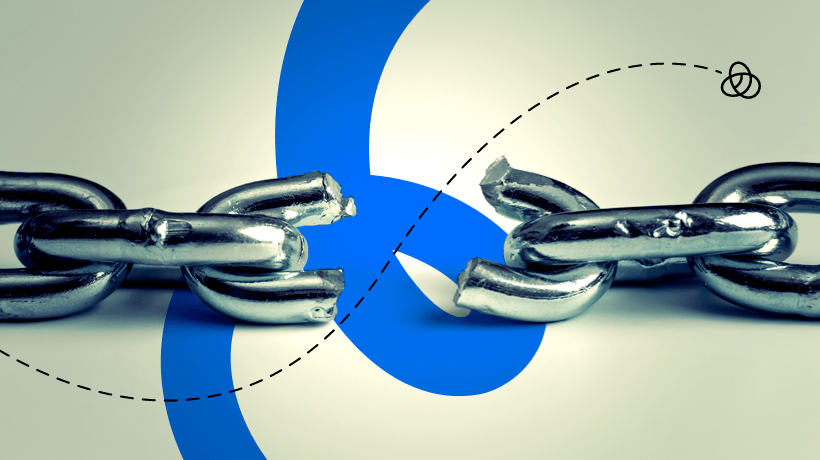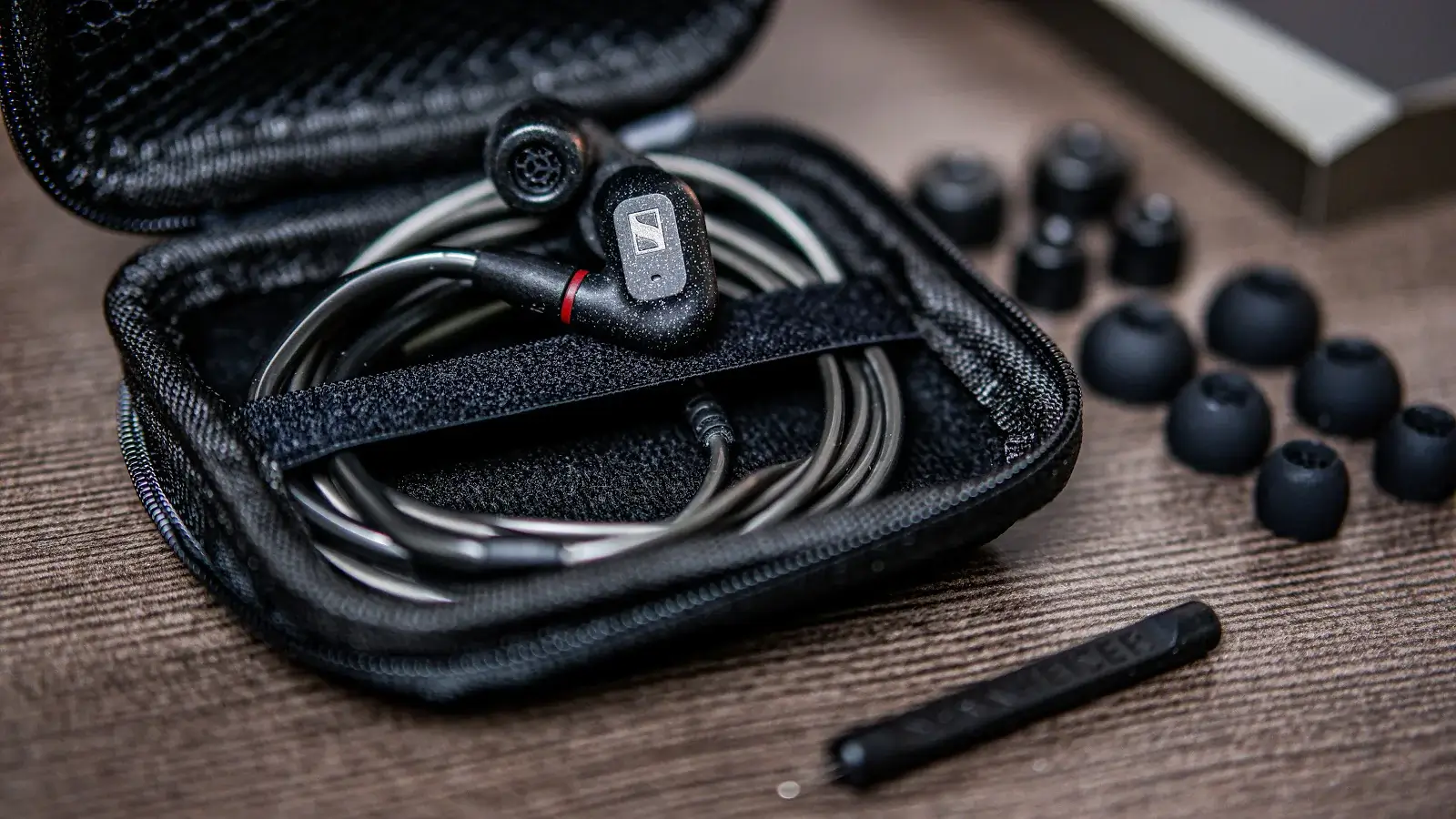In the digital age, a website’s usability is crucial in determining its success. One of the often overlooked aspects of user experience (UX) is the presence of broken links. These can significantly detract from a website’s overall usability, leading to frustration and decreased visitor trust. In this article, we’ll explore the impact of broken links on user experience and discuss various strategies to address them effectively.
Understanding and building broken links helps improve user experience and positively impacts your site’s SEO. Ensuring that your website is free from broken links demonstrates a commitment to quality and enhances the overall integrity of your online presence. Let’s delve deeper into what broken links are, their impact, and how you can effectively address them.
Understanding Broken Links
Broken links, also known as dead links, are hyperlinks that lead to non-existent web pages. This can happen for various reasons, such as the webpage being removed, the URL being changed, or the destination server being unavailable. When users encounter broken links, they are often met with 404 error pages, which can disrupt their browsing experience.
Recognizing the different types of broken links is essential to address them effectively. Internal broken links occur within your website, and external broken links lead to pages on other websites. Both types can harm user experience and SEO, making monitoring and fixing them regularly imperative. Understanding why broken links occur can help you proactively prevent them.
Impact on User Experience
Broken links can have several adverse effects on user experience. Firstly, encountering a fractured link can frustrate users, as it hampers their ability to access the information they seek. This disruption can lead to higher bounce rates, as users will likely leave the site searching for more reliable sources. The immediate inability to retrieve the desired content can quickly erode user satisfaction.
Secondly, broken links can decrease a website’s overall credibility. When encountering multiple broken links, users may question the site’s reliability and trustworthiness, leading to a diminished user perception. In addition, frequent encounters with broken links can disrupt the natural flow of navigation, making it challenging for users to explore the site seamlessly. Over time, these negative experiences can drive users away, reducing traffic and engagement.
Furthermore, broken links can negatively affect your site’s SEO performance. Search engines like Google view broken links as a sign of a poorly maintained website, which can result in lower search engine rankings. This can decrease visibility and organic traffic, hindering your site’s growth and success. Therefore, addressing broken links is essential for user experience and maintaining robust SEO health.
Strategies for Addressing Broken Links
Addressing broken links is essential for maintaining a positive user experience. Below are some effective strategies to identify and fix broken links:
Automated Tools
One of the most efficient ways to identify broken links is to use automated tools. Tools like Google Search Console, Screaming Frog, and Ahrefs can help you scan your website for broken links and provide detailed reports. These tools can save you time and effort, allowing you to locate and address broken links quickly.
Automated tools offer several advantages, including the ability to perform regular scans and provide real-time updates on broken links. They can also generate comprehensive reports highlighting the broken links and their context within your site. This makes it easier to prioritize and address the most critical issues first. Using automated tools can streamline maintaining a healthy and user-friendly website.
Manual Checks
While automated tools are highly effective, manual checks can sometimes uncover issues that automated scans might miss. Periodically clicking through your site and testing links manually can help ensure that all links lead to the intended destinations. This approach, though time-consuming, allows for a thorough review of your website’s functionality.
Manual checks are handy for verifying the user experience from a visitor’s perspective. They allow you to identify broken links and any potential usability issues that might affect navigation. By regularly reviewing your site manually, you can ensure that it remains intuitive and easy to use, enhancing overall user satisfaction. Combining manual checks with automated tools provides a more comprehensive approach to maintaining link integrity.
Leveraging Broken Link Building
Leveraging broken link building is a proactive approach to addressing broken links. This technique involves identifying broken links on other websites and offering your relevant content as a replacement. Not only does this help improve your backlink profile, but it also adds value by fixing broken content across the web. This mutually beneficial strategy can enhance your site’s authority and user experience.
Broken link building is a powerful SEO strategy that can help you build valuable relationships within your industry. By reaching out to web admins with broken links and providing solutions, you establish yourself as a helpful and proactive community member. This can lead to more backlinks, increased traffic, and improved search engine rankings. Fixing broken links on other sites also contributes to a more accurate and reliable web ecosystem, benefiting all users.
Conclusion
Broken links can significantly impact user experience, leading to frustration, decreased trust, and higher bounce rates. Regularly checking for and fixing broken links is essential for a seamless user experience. Using automated tools, conducting manual checks, and leveraging broken link building, you can effectively address broken links and enhance your website’s usability.
These steps ensure your site provides a smooth and reliable user experience, ultimately fostering trust and boosting engagement. Addressing broken links is an ongoing process that requires attention and effort, but the benefits far outweigh the costs. By prioritizing user experience and maintaining link integrity, you can create a more enjoyable and trustworthy environment for your visitors, supporting your site’s long-term success.





